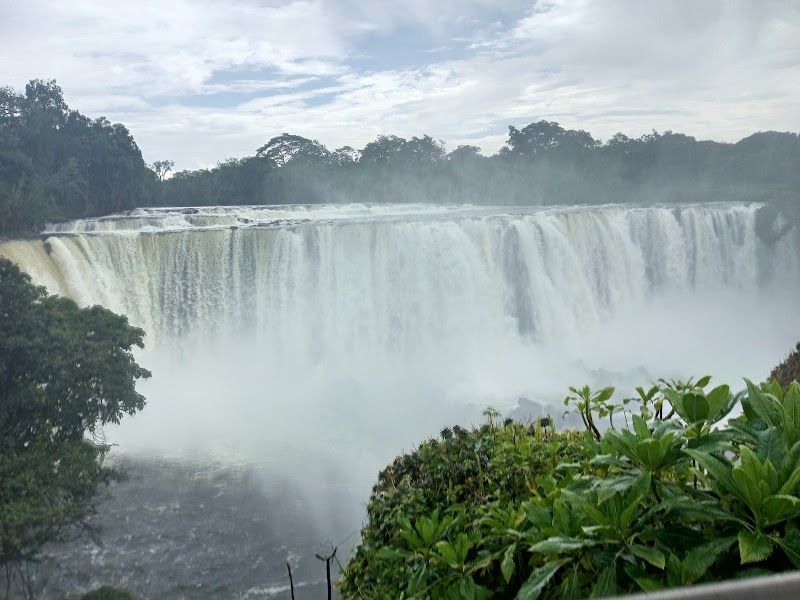
Mweru Wantipa National Park Adventures
Mweru Wantipa National Park is a lesser-known gem in northern Zambia, offering a diverse ecological setting with rich birdlife and unique wetland ecosystems.
About Mweru Wantipa National Park

Mweru Wantipa National Park is located in the far north of Zambia's Luapula Province, near the town of Kaputa. Established in the late 1970s, this national park sprawls over 815,000 acres surrounding Lake Mweru Wantipa. The park encompasses a vast array of ecosystems, ranging from miombo woodlands to vast wetlands that are seasonally flooded, creating a dynamic landscape that supports diverse wildlife. While the park was historically known for its significant elephant and buffalo populations, these have dwindled due to poaching pressures. However, the park remains an important sanctuary for bird enthusiasts, with numerous species, including pelicans and storks, making the park a prime bird-watching destination. The lack of infrastructure might challenge visitors but ensures an untouched natural experience. Despite its remote nature, the park offers opportunities for those interested in exploring raw, less-popular terrains, including game viewing by boat on the lake, fishing, and cultural interactions with nearby village communities.
Highlights
Lake Mweru Wantipa's unique wetland ecosystem.
Opportunities for birdwatching with diverse avian species.
Traditional fishing villages and cultural experiences.
Exploration of remote and undeveloped park regions by 4x4 adventures.
Notable Natural Features
Lake Mweru Wantipa
A significant wetland area offering habitats for various waterbirds and fish species.
Miombo Woodlands
Provides a unique ecosystem with endemic flora and fauna.
Traditional Villages
Opportunities to engage with local communities and understand traditional fishing practices.
